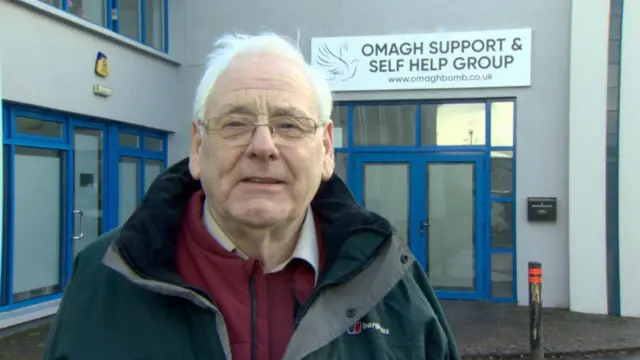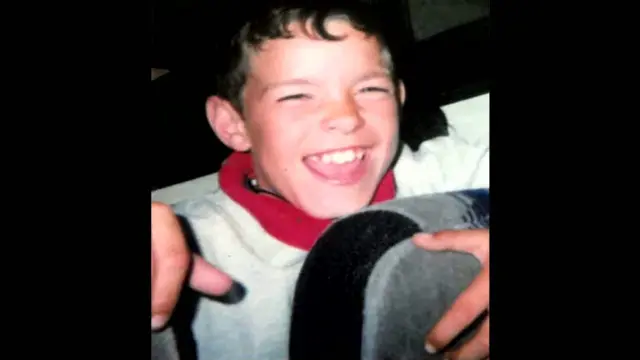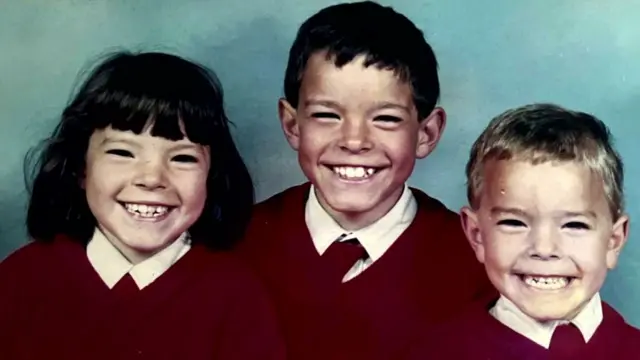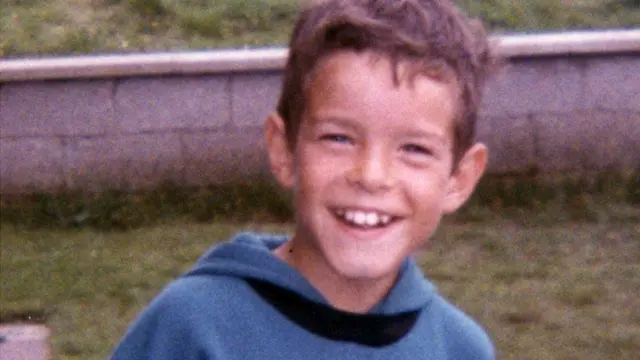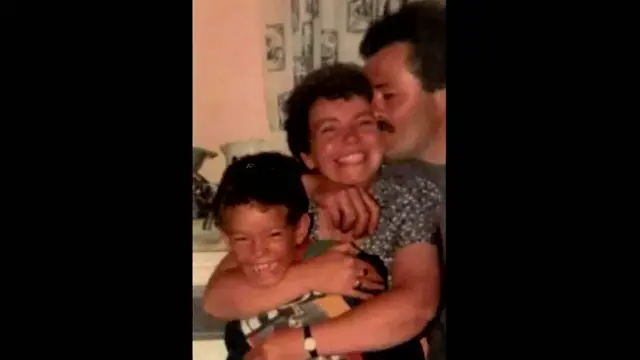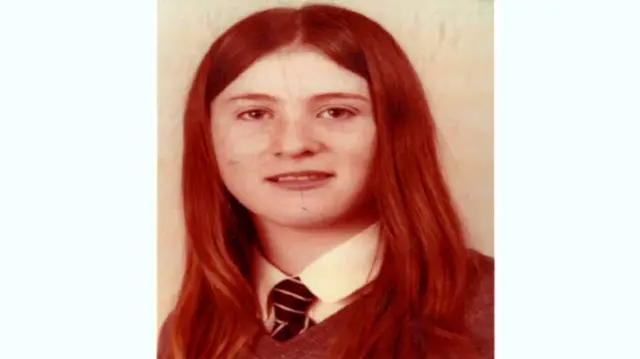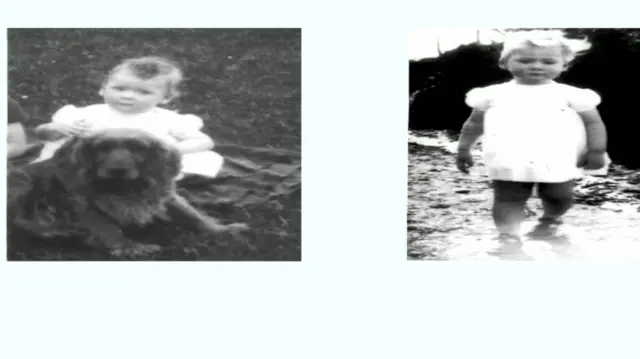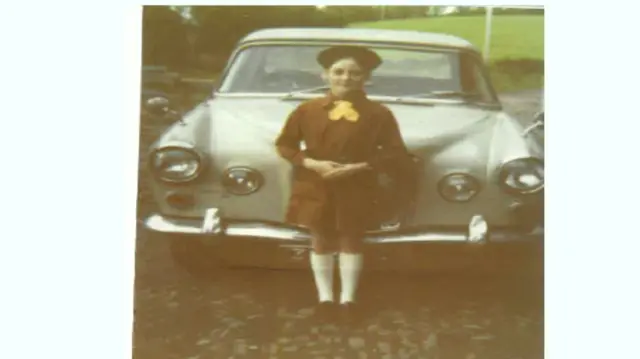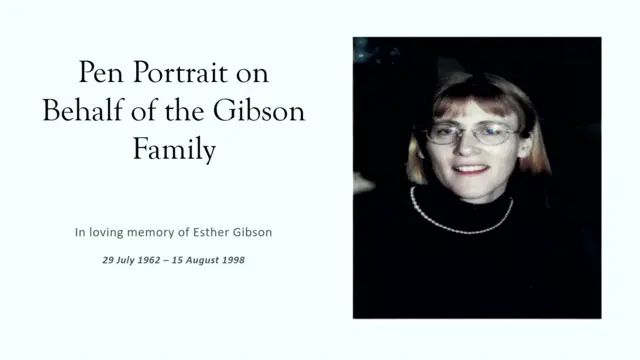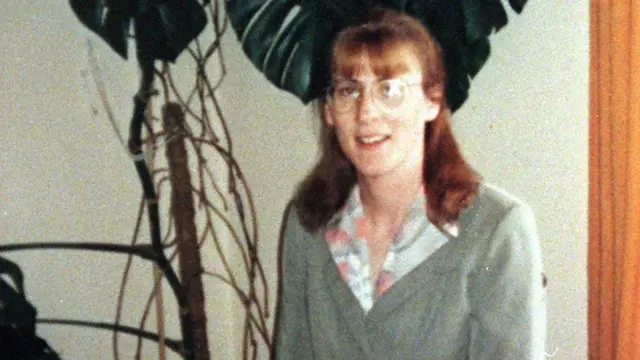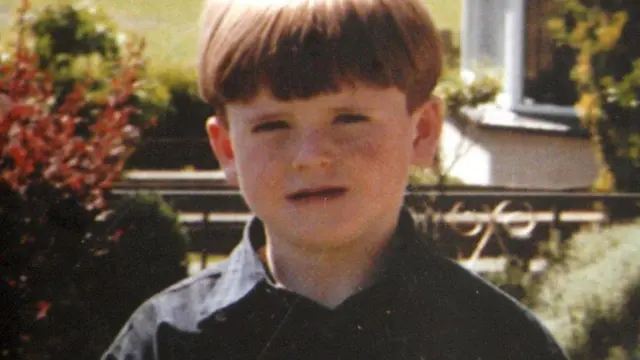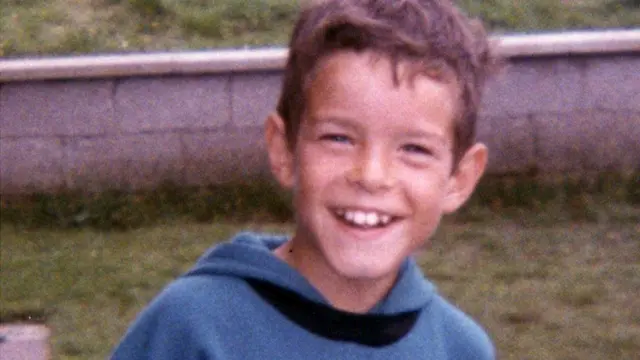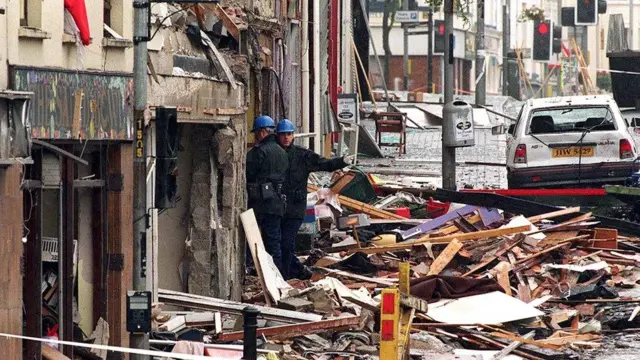Priority is 'truth for victims'published at 13:38 GMT 3 February
 Image source, Getty Images
Image source, Getty ImagesStormont’s Justice Minister Naomi Long said she would have “no objections” to a parallel inquiry running in the Republic of Ireland.
The priority, she said, is "to make sure the victims of the Omagh bomb get the truth".
"From my party perspective if that is the best way to get truth and justice then I would be supportive of them (the Irish government) taking it forward," Long said.
She added: “Two parallel inquiries may mean people having to give evidence more than once, it may mean people having to be re-traumatised.”
